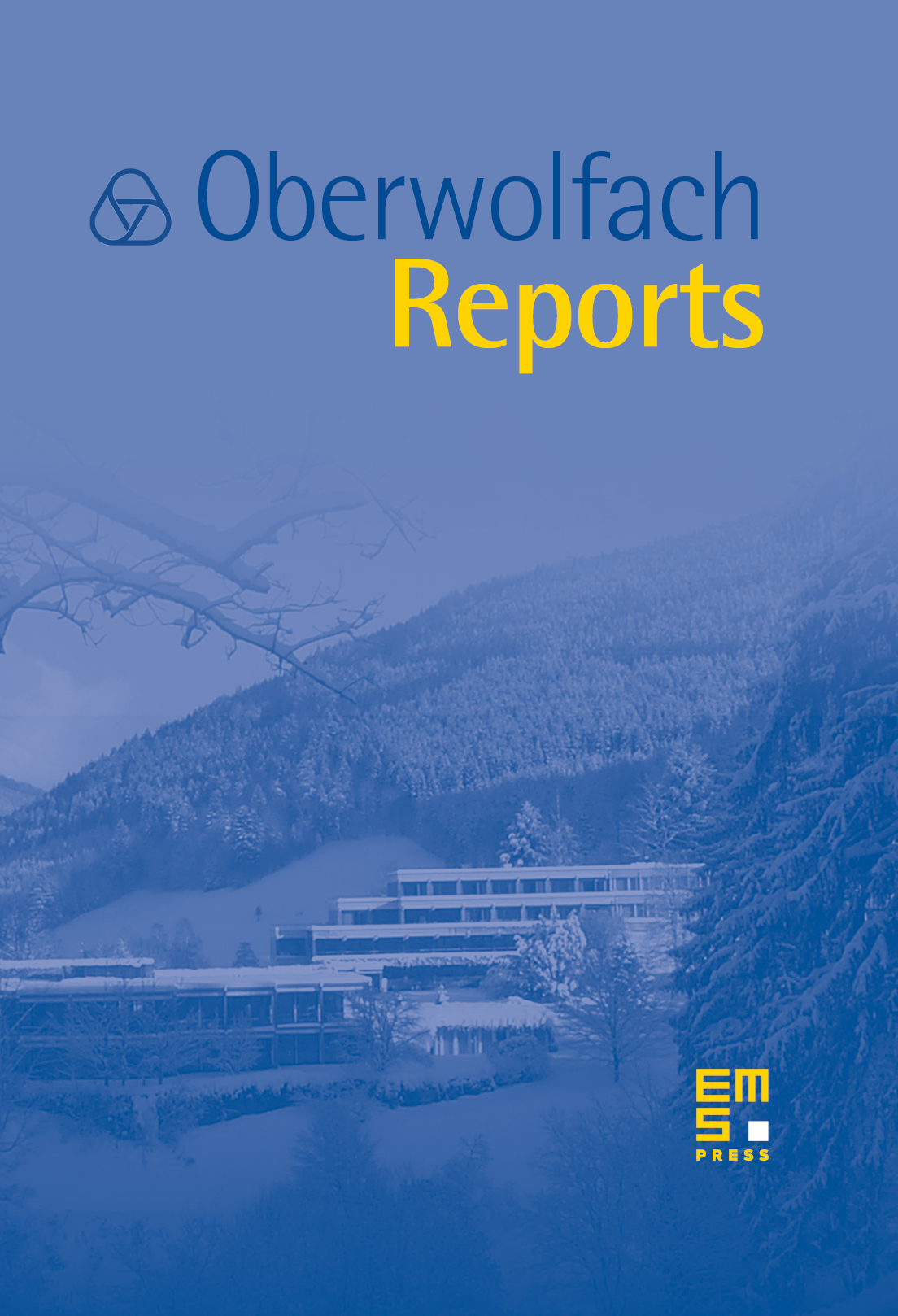The History of Differential Equations, 1670–1950
Tom Archibald
Simon Fraser University, Burnaby, CanadaCraig Fraser
Victoria College, Toronto, CanadaIvor Grattan-Guinness
Bengeo, Hertford, UK

Abstract
Differential equations have been a major branch of pure and applied mathematics since their inauguration in the mid 17th century. While their history has been well studied, it remains a vital field of on-going investigation, with the emergence of new connections with other parts of mathematics, fertile interplay with applied subjects, interesting reformulation of basic problems and theory in various periods, new vistas in the 20th century, and so on. In this meeting we considered some of the principal parts of this story, from the launch with Newton and Leibniz up to around 1950.
‘Differential equations’ began with Leibniz, the Bernoulli brothers and others from the 1680s, not long after Newton's ‘fluxional equations’ in the 1670s. Applications were made largely to geometry and mechanics; isoperimetrical problems were exercises in optimisation.
Most 18th-century developments consolidated the Leibnizian tradition, extending its multi-variate form, thus leading to partial differential equations. Generalisation of isoperimetrical problems led to the calculus of variations. New figures appeared, especially Euler, Daniel Bernoulli, Lagrange and Laplace. Development of the general theory of solutions included singular ones, functional solutions and those by infinite series. Many applications were made to mechanics, especially to astronomy and continuous media.
In the 19th century: general theory was enriched by development of the understanding of general and particular solutions, and of existence theorems. More types of equation and their solutions appeared; for example, Fourier analysis and special functions. Among new figures, Cauchy stands out. Applications were now made not only to classical mechanics but also to heat theory, optics, electricity and magnetism, especially with the impact of Maxwell. Later Poincaré introduced recurrence theorems, initially in connection with the three-body problem.
In the 20th century: general theory was influenced by the arrival of set theory in mathematical analysis; with consequences for theorisation, including further topological aspects. New applications were made to quantum mathematics, dynamical systems and relativity theory.
Cite this article
Tom Archibald, Craig Fraser, Ivor Grattan-Guinness, The History of Differential Equations, 1670–1950. Oberwolfach Rep. 1 (2004), no. 4, pp. 2729–2794
DOI 10.4171/OWR/2004/51